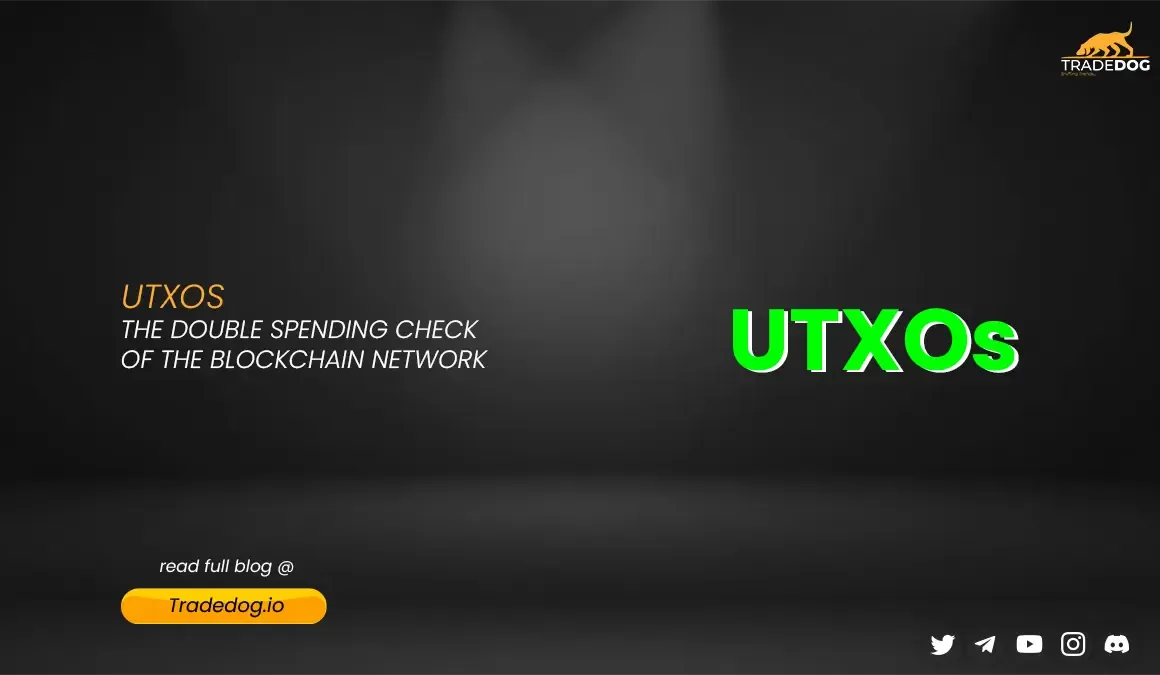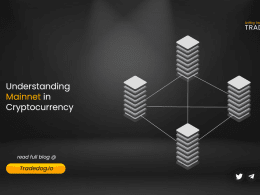Quick Links
One of the main problems gripping cryptocurrency from the start is the problem of “Double Spending.” It refers to the incident where a user uses the same currency to pay for two different transactions. In the traditional financial system, central banks keep this problem in check. However, this is not possible in the case of cryptocurrencies, as no central intermediary is involved.
This raised the incidences of fraud in payments. The solution to this was the Unspent Transaction Outputs(UTXOs), which effectively solved the problem of double spending. It is critical for upholding the security and integrity of blockchain transactions. In this blog, we will dive deeper into the concept of UTXOs to develop a sound understanding.
What is an UTXO (Unspent Transaction Output)?
Unspent Transaction Output is the output generated from cryptocurrency transactions that still need to be used or spent as an input in any subsequent transaction. It is like an unused coin in someone’s pocket that can be used for further transactions. It refers to that portion of the cryptocurrency that has been sent to a specific address and is available for use by the owner.
Blockchain transactions generally consist of inputs and outputs. Inputs are the unutilized UTXOs from previous transactions used to initiate transactions. Outputs are the new UTXOs created after a successful transaction related to a specific address.
How does UTXO (Unspent Transaction Output) Works?
UTXOs are utilized and created through a process of steps that are as follows:
- Referencing old UTXOs: Suppose a user wants to initiate a transaction. The first step is to reference the UTXOs he intends to use as input. These UTXOs represent the currency they possess and wish to spend. However, the input should always be greater than or equal to the output.
- Verification of UTXOs: The transaction is then picked up by the miners and placed in a block. When the block size is complete, and one of the miners has mined the block, this transaction is verified to check whether the user possesses input and to ensure that it has not been spent in previous transactions. This step checks the double spending problem and maintains the integrity of the blockchain.
- Creation of New UTXOs: Verification marks the completion of the transactions. It is fitted into a block and added to the chain. The inputs used in the transaction are marked as spent and cannot be further used by the user. Meanwhile, the output leads to the creation of new UTXOs at specific addresses that the transaction recipient can use for spending.
UTXO in Preventing Double Spending
UTXOs play a critical role in limiting the problem of double spending. Each UTXO can be spent only once, and any attempt to use it again will be flagged during the transaction verification process. Thus, once a UTXO has been recorded in the blockchain, it can not be altered or distorted and marks that UTXO has been spent, making way for a new UTXO at the output’s end.
Examples of UTXO Transactions
Mark has 1.5 bitcoins in his wallet. But this is not in the form of a single fractional coin. It is divided into two UTXOs of 1 bitcoin and 0.5 bitcoin. Suppose he wants to send Ron 0.8 bitcoin. He gives the UTXO containing one bitcoin as the input for this transaction. A new UTXO is created for the output at the recipient(Ron)’s end, having 0.8 bitcoin, and Mark’s end containing 0.2 bitcoin. However, less than 0.2 bitcoin is left at Mak’s end for the new UTXO after removing the mining fees, but that has been omitted for simplicity.
There can be another case where Mak wants to send 1.2 bitcoins to Ron. Here he will have to use both of the original UTXOs as inputs. He can combine 1 bitcoin and 0.5 bitcoin to complete this transaction and return the remaining 0.3 bitcoin.
Privacy Implications of UTXOs
UTXO has privacy implications, too, in the cryptocurrency setup. Unlike traditional financial systems, where the account is updated after each transaction, cryptocurrencies maintain a record of individual UTXOs. It is easy to track individual UTXOs and relate them to specific addresses. This presents a challenge to the privacy of the users.
To tackle this challenge, cryptocurrencies like Monero implements advanced techniques to obscure transaction details making the tracking back of UTXOs to their owners more difficult. These techniques include ring structures and confidentiality which enhance privacy features by mixing multiple UTXOs and obfuscating transaction amounts.
Conclusion
As the use case of blockchain evolves and the number of UTXOs increases, improved scalability will be needed. Layer-2 solutions like the Bitcoin Lightning Network aims to solve this scalability problem of UTXO-based cryptocurrencies. Thus, UTXOs remain a cornerstone of many blockchain-based currencies protecting the network’s security and integrity and solving the double spending problem.
Its one-time use property and immutable nature make it a fundamental concept in the world of cryptocurrencies, and its understanding remains critical in grasping the technicalities of bitcoin and other cryptocurrencies based on UTXO.









